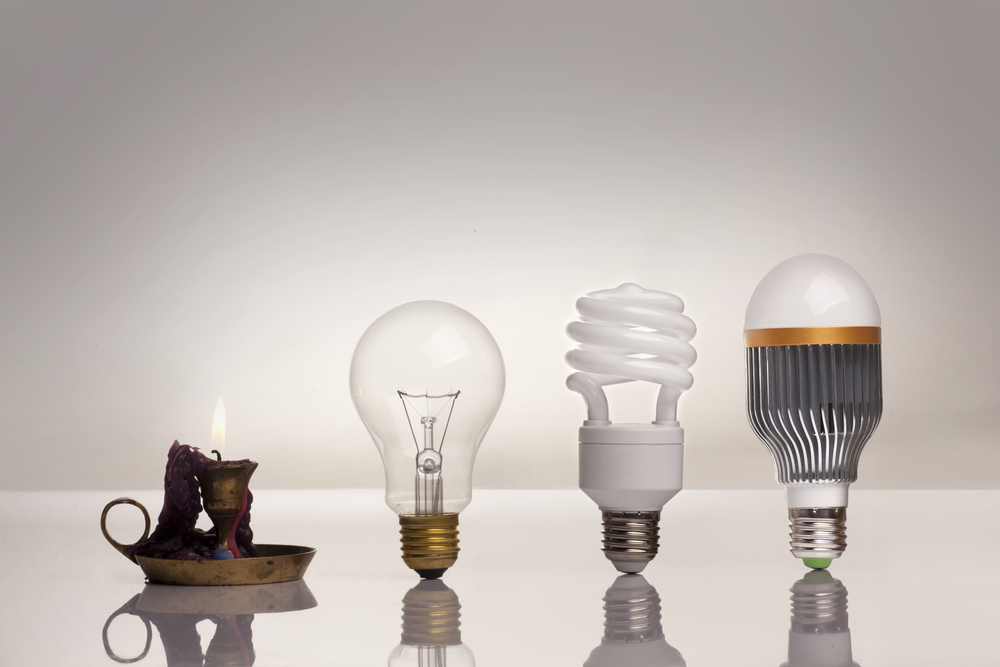LED stands for light-emitting diode and is the future of lighting today. It uses way less power than your typical light bulb, it last more than double the time of a bulb, it’s great for the environment, and they make your home look amazing!

The Past
If you think back to your elementary school days, you’ll remember that Thomas Edison created the first light bulb in 1878, an invention that would change the ideas of lighting forever. But another important man to remember is French physicist Georges Destriau, who discovered light emission in zinc sulfide and is credited as the inventor of electroluminescence in 1935. This discovery led American Nick Holonyak to develop the first red luminescence diode in 1963. This marks the birth of the industrially-produced LED.
Between 1971 and 1995, the science and understanding of LED lighting grew with the first LED colors such as green, orange, and yellow. It wasn’t until 1995 that the first LED with white light was presented and launched into the market two years later.

The Present
Today, LED is seen as a luxury and a must in nowadays homes. Not only do they give off great light and completely change a room, but they’re also extremely cost effective and environmentally friendly. They last as much as 20 times longer than other lighting sources and don’t need to be replaced often. This reduces the impact of manufacturing, shipping, and packaging. They’re also designed so that service is not required on them often, which also reduces environmental impact.

The Future
Today, scientists are looking into OLED, organic light-emitting diode. This technology will allow for thinner TVs and computers, flexible displays and even changing camouflage displays for military vehicles! In 1997 Teruo Tohma developed the first commercial OLED using passive matrix organic LED technology at Pioneer. LED and OLED still have a lot of cool and new inventions coming that still haven’t been discovered yet!
Check out some of our LED lights on our Facebook page!
